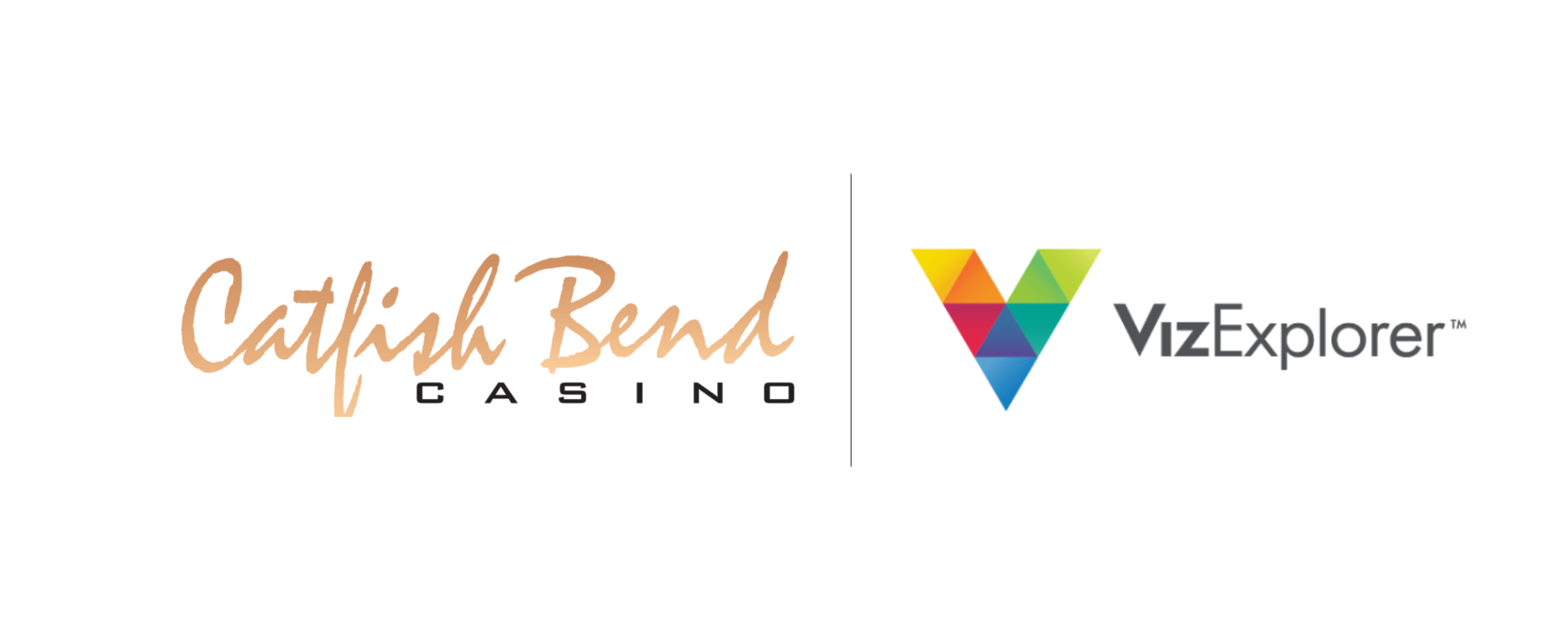At VizExplorer, we are dedicated to educating the casino gaming industry about the potential of Artificial Intelligence and Machine Learning (AI/ML). Our goal is to raise awareness about AI/ML, address questions regarding its adoption, and outline how this technology can be leveraged to ultimately increase profits. Another goal is to clear the air of misinformation being peddled by various parties in this industry.
What is Artificial Intelligence and Machine Learning (AI/ML)? A basic definition of AI/ML is that it is the application of mathematics and software that creates and enables systems to learn for themselves directly from data and/or experience. These algorithms receive, process and output data, which can be used directly for decision making or as input by another AI/ML algorithm.
AI/ML algorithms can be segmented into three categories, each with its own problem type. The category that we use depends on our problem and context. These basic categories are:
(1) Supervised Learning
(2) Unsupervised Learning
(3) Reinforcement Learning
There are pros and cons associated with each AI/ML category and application, but these will require an in-depth discussion beyond the scope of this post. Now let’s discuss each category’s basics.
(1) Supervised Learning is distinguished by the fact that it requires “labeled” data as input. This means the data is annotated (quite often done manually) for the algorithm to understand its “target.” Supervised learning has two classic use cases:
a. Classification: A good classification example is when neural networks are used to train a visual system, such as a driverless car, to understand what certain objects look like. It is important for a driverless car to accurately interpret a human, dog, ball, stop sign, etc., This requires training images where the objects to be learned are “labeled” so the algorithm can associate the label with the object. Once the algorithm can identify the labeled items on its own, within some error threshold, the algorithm is deployed to the driverless car, allowing it to “see.” Below is an illustration of a neural network being trained to recognize a cat.

b. Regression: A regression example is the basic linear regression example we learned in high school. For example, if we are given the square footage and selling price of 500 homes in a local area, we can plot square footage on the horizontal axis and prices on the vertical axis and place a dot corresponding to each home. We can then “regress” a line through the data points, minimizing the total error. Then, given the square footage of any home, we can use the line to predict a reasonable price, as shown in the figure below:

(2) Unsupervised Learning is differentiated in that it requires no labeling, and the AI/ML algorithm is left to identify patterns and relationships within the data on its own. Two classic use cases are clustering and association.
a. Clustering: These algorithms detect natural groupings within the given data set. An example would be the clustering of slot players into segments based on certain features, which may include age, theoretical win, visit frequency, gender, zip code etc. Though the illustration below (Wikipedia) gives an elementary example using a popular K-Means clustering algorithm to separate data points described by 3 dimensions, real-world clustering is nominally performed on n-dimensional data sets.

b. Association: These algorithms find relationships between variables in a dataset. A use case would involve calculating correlations between players and slot themes played in order to make informed decisions on offers or create a recommendation engine.
(3) Reinforcement Learning: Perhaps the fastest-growing AI/ML category, learns and makes decisions based on a software agent interacting with an environment. The agent makes selections or decisions and learns through sampling and trial-and-error methods. Reinforcement Learning is a reward-based system that attempts to figure out an objective given to it. For example, if playing a game, the algorithm would attempt to maximize or minimize the score, whichever is optimal. A recent use case of Reinforcement Learning that shocked the AI/ML world is when the London-based AI/ML company DeepMind’s algorithms beat the world’s top Go Grandmaster 4 matches to 1.
Quite often, algorithms integrate more than one of these three AI/ML categories. Perhaps the best-known example today is ChatGPT, which incorporates all three categories. We will explore ChatGPT later in this series.
That’s it! We hope that you learned something. If you have any questions, please feel free to reach out to me at stuart.kerr@vizexplorer.com.
Our next article will address why resort casino and gaming operators should initiate or enhance their current AI/ML portfolio.















